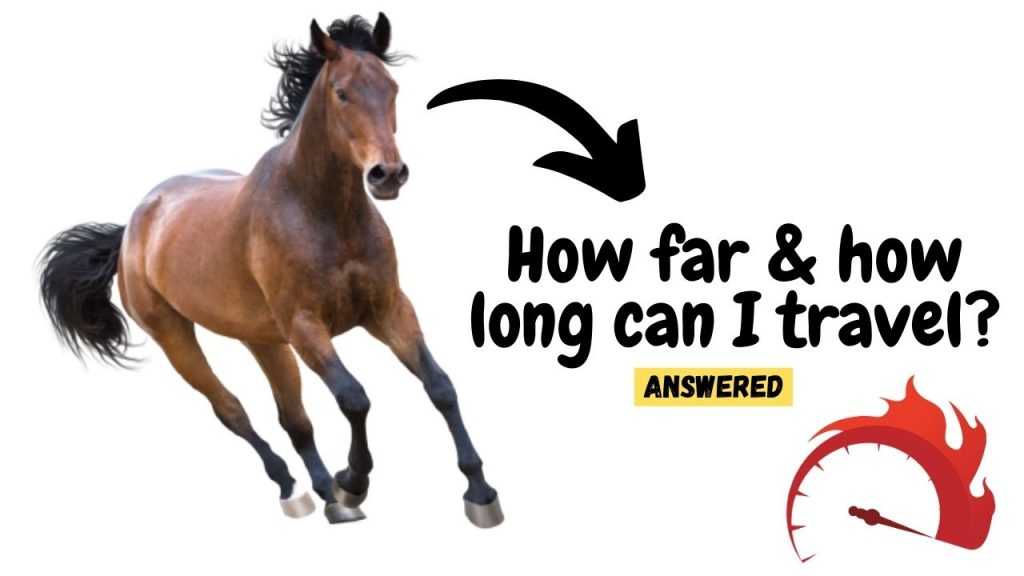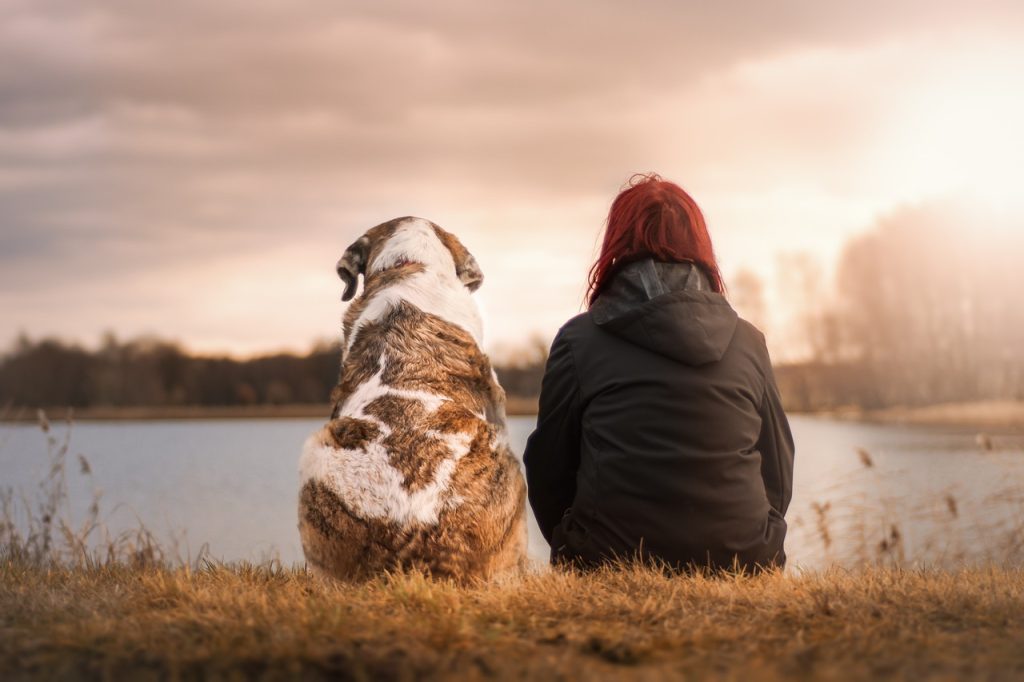
The average distance a horse can travel in a day is 30 to 35 miles.
Horse being a fast animal can run as fast as 30 miles per hour. The racing horses like the American Quarter horse can run at 40 mph and gallop at 55 mph. They are bred to run fast. But this speed can be dangerous for the health of the horse. So, if you have a whole day or weekend and you are not in a hurry, then do not let your horse run at this speed. Let him trot and walk and enjoy this ride with you.
The horses that are strong and bred for long-running trials can run up to 5 miles without taking breaks. But once they reach the limit, they get exhausted and need a lot of time to take rest and regain their lost stamina.
Different Movements of a Horse
A horse has mainly 2 types of gaits.
- Natural gait
- Ambling gait
Natural gait involves walk, trot, and running of a horse while the ambling gait comprises of some natural movements and some learned movements after proper training like canter and gallop.
In a natural walk, a horse can cover 4 mph. A simple natural walk is a 1 2 3 4 beat gait. When a horse is trained for variation in walking style, it can become an ambling gait.
While trotting, a horse covers 8 mph. Trotting is a 2 beat gait and can have various speeds.
Canter is an ambling 3 beat gait with which a horse can cover 10-17 mph.
The gait of gallop is more or less the same as canter but it can be natural as well. With a galloping gait, a horse can cover up to 30 mph.
Factors Affecting the Speed of a Horse
If you are planning for a fun trial with your horse for adventure or want to go for a long ride, you might be thinking about how far your horse can travel in a day.
Several factors need to be considered seriously while planning a long trip with a horse.
The Pace of the Horse
The pace that you have already set for your horse will determine how far it can run in a day.
A horse walks at a speed of 4 mph and can take up to 12 mph when it starts trotting. When a horse is cantering, the speed reaches 12 to 15 mph. A horse can have a speed of 25 to 30 mph when it decides to gallop.
All this information suggests that a horse with this data can run for about 8 hours a day, covering 32 miles’ distance. Some horses that are not habitual of long riding cannot ride for 8 hours while some string horses can run for even more than 8 hours, covering more distance.
Terrain
The terrain at which you want your horse to move will have a great impact on the speed of the horse. A horse can run at a normal pace if it has to run on a plain surface where it does not have to face any kind of interruption or hindrance. The slowing down or speeding up of the pace depends on favorable or unfavorable conditions. If you take your horse to unfamiliar or uncomfortable terrain than the speed of the horse will naturally slow down.
If you take your horse to a hilly and rocky area, where your horse has to climb up or steep down, it will drain more energy and the horse will get tired soon. The climbing and stepping down of the horse can have adverse effects on the joints, limbs, and cardiovascular system. It can also cause serious injuries of hooves and joints.
Sandy and muddy areas are also very uncomfortable for the horses. Walking in the mud or sand can be stressful for the ligaments and tendons of the horse’s legs.
Weather Condition
Weather condition is also an important factor that must be considered well before planning a ride with the horse. The horse is a tough animal but it should not be taken out for a ride in the extreme weather. On a hot sunny day, the horse will have excessive sweating and will lose a large amount of body water. This will also lower down the electrolytes as the horse will get dehydrated. This condition can be very serious for the health and life of the horse. In hot weather, plan frequent stops for the horse to relax.
A horse likes to eat and drink a lot during the ride. If your horse is not taking interest in eating or drinking, it must be very tired, exhausted, and dehydrated.
Extremely cold weather is also not ideal for a horse to be taken for a ride. Extreme coldness can cause the muscles to get frozen and stiff and can cause a severe accident or injury.
In extreme weather conditions, whether hot, cold, windy, or rainy, the pace of the horse will tremendously slow down because the horse will need several breaks to relax and regain the energy to move ahead or run.
Overall Health Condition
Most importantly, the overall health condition of the horse is a very strong factor. If a horse is healthy, fit, and energetic, it can easily run even more than 35 miles in a day. But, if the horse is suffering from any health issue, then the rate of traveling will be strongly affected.
So, whenever you plan for a long ride or a tour with your horse, take your horse to a vet for a proper checkup. The vet will guide you better about the health condition of the horse and will also tell if it is safe for the horse to be taken on a long ride or trip or not.
Fitness of the Rider
The health and fitness of the rider are equally important. You should also take care of your health and keep your body fit and active for having a safe and adventurous trip. Make sure that you are physically fit and you have taken proper rest before setting off on the trip with your horse.
Before a long trip, try having short trips with your horse to check how well the experience is. These short trips will prepare you as well as your horse for a long trip. You will be able to identify the problems either with you or your horse that need to be fixed immediately.
Tips for the Good Health of a Riding Horse
Here are a few tips that be helpful when you come back from a whole day riding.
- Remove the saddle and let the horse relax for a while until its body gets completely cool down.
- If the horse is sweaty, you can do grooming at this time. This will equally distribute the sweat and body oil on the whole body.
- Do not feed the horse right after or right before riding. The horse’s stomach at these points is not able to digest food and can result in colic which is a fatal health issue.
- The more you have ridden, the more you must wait for feeding the horse. Do not worry. The horse will remain patient.
- Check the hooves for any wound or injury. If you find anything serious, call the vet or take your horse to the vet.
- Avoid taking an elderly horse on a long ride as they are more vulnerable to getting injured.
- Consider investing in any of these Best Horse Hoof Boots for comfortable cushioning between the horse hoof and the ground. Also purchase a good quality horse hoof supplement to provide the fundamental nutrient-support required to help accomplish strong, healthy hooves.








